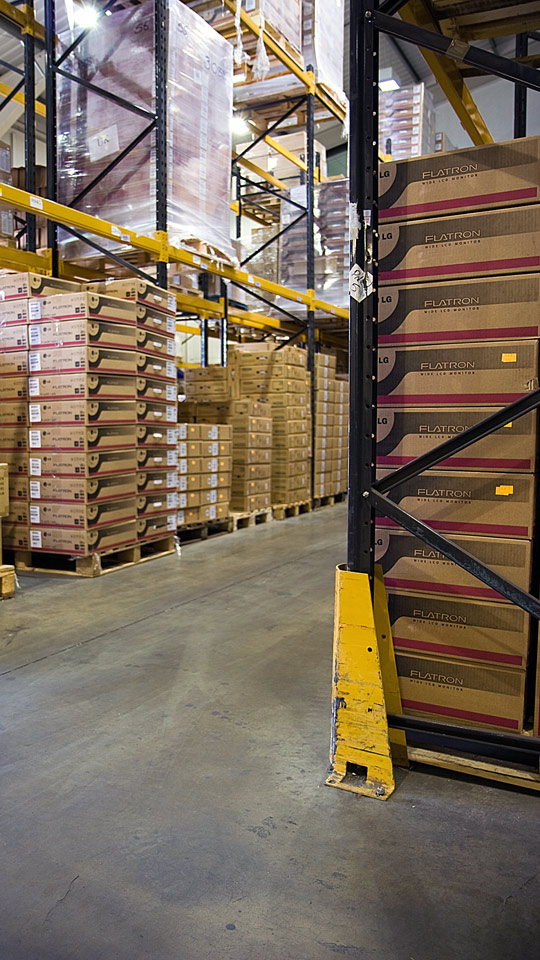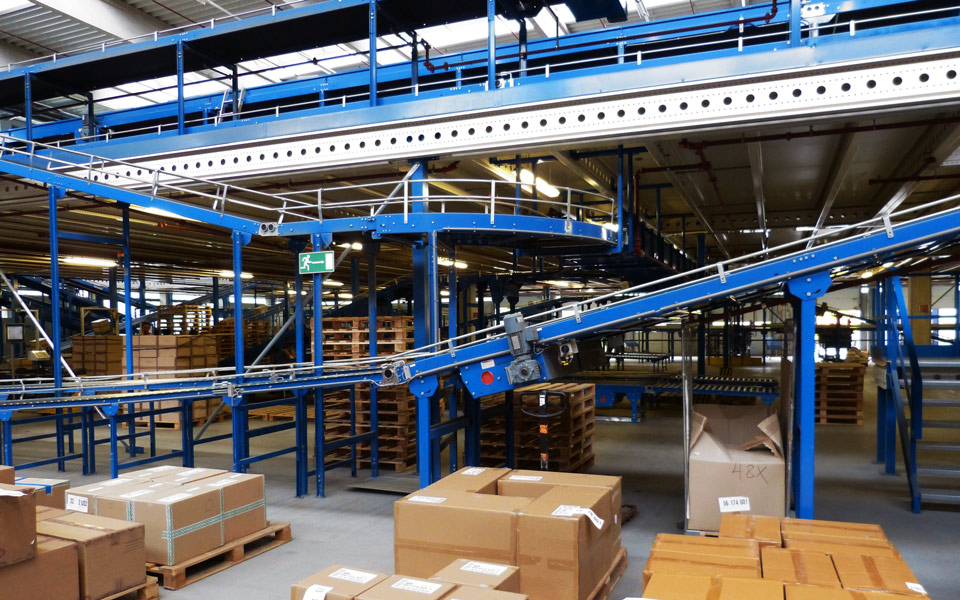
If your product inventory is split up between multiple warehouses, you know how complicated and frustrating multi-location inventory management can be. Running out of stock in a warehouse can ruin your order fulfillment workflow. Stock and sales counts can fall out of sync too easily. You just don’t have the time to keep up with counting your stock for all of the warehouses they’re kept in.
Fortunately, there are some simple ways to make your inventory management workflow go more smoothly when dealing with multiple warehouses. These adjustments can reduce the time spent counting stock, reduce out-of-stock and out-of-sync occurrences, and streamline the transfer of your inventory through your supply chain.
Maintain separate stock counts per warehouse
 Arguably the biggest mistake you can make — and one of the most common mistakes we see — is keeping only one stock quantity per SKU, even though that SKU is found in multiple locations. In this situation, that single stock count gives you very little useful information. You know how many units you have available, but you don’t know how they’re distributed between your warehouses. This means that you don’t know when you’ll run out of stock in one warehouse, or if you’ll overstock in another.
Arguably the biggest mistake you can make — and one of the most common mistakes we see — is keeping only one stock quantity per SKU, even though that SKU is found in multiple locations. In this situation, that single stock count gives you very little useful information. You know how many units you have available, but you don’t know how they’re distributed between your warehouses. This means that you don’t know when you’ll run out of stock in one warehouse, or if you’ll overstock in another.
If a SKU is kept in more than one place, whether it’s across the hall or across the country, do yourself a huge favor and keep separate counts for each location. You’ll still be able to see your total stock for ordering purposes, but you’ll also have a new view of your inventory health across warehouses or picking locations.
When you transfer stock between locations, log and record those transfers to ensure accuracy and to give insight on trends. For example, f you see that you’re regularly rearranging stock a certain way, consider adjusting your allocations so that you reduce the need for frequent transfers in the future.
Build an efficient reporting workflow
Reporting stock changes early and often is the best way to eliminate inventory problems. However, counting an entire warehouse’s stock can be an incredibly time-consuming task. That’s why most warehouse teams avoid doing stock counts too often. Unfortunately, counting stock is a necessary evil when dealing with multiple warehouses, as varying shrink rates and stock movement can quickly lead to inaccurate counts.
To avoid having to do full inventory counts too often, you can implement cycle counting on a more frequent schedule. Cycle counting is a process that involves counting small portions of your merchandise at a time. Since you’ll only need to set aside smaller amounts of time to check each section, you can check your inventory more frequently without interrupting your day-to-day operations.
There are a couple of different ways to organize your cycle counting workflow, depending on your specific needs. You could choose to grow high-volume sellers together and check those more frequently, or you might simply group sections by their physical location in your warehouses. In any case, the key to effective cycle counting is to keep doing it frequently so that your reporting is always as accurate as possible.
Dispatch orders through the right warehouses

If your products are shipped from multiple locations, such as other warehouses or fulfillment centers, then you know how frustrating it can be to keep all of those shipments organized. An important part of a multi-warehouse workflow is ensuring that the right facility is shipping the right orders. When done properly, this will ensure that your customers receive their goods as quickly as possible while you save money on shipping costs.
The most common cases of multi-location shipping in e-commerce is through Amazon’s FBA fulfillment service. You may be selling through Amazon’s marketplace, on your own storefront, or even a combination of the two. When order information is received by Amazon, they determine which facility with stock on hand is closest to the customer.
To make the Amazon FBA process even more efficient, you can use a cart plugin or integration to automate your FBA order submissions. With some simple rules and settings in place, you can automatically notify Amazon when qualified orders are placed so that they can forward the information to the appropriate distribution center. This will save time and reduce the chances of fulfillment errors.
If you maintain your own network of multiple warehouses, efficiently dispatching orders from each of them can be a bit more challenging. A centralized order fulfillment platform, such as SKULabs, can make this easier by giving you complete control over your sales channels and their orders. Keep an open line of communication with each of your shipping locations to make coordinating shipments as pain-free as possible.

